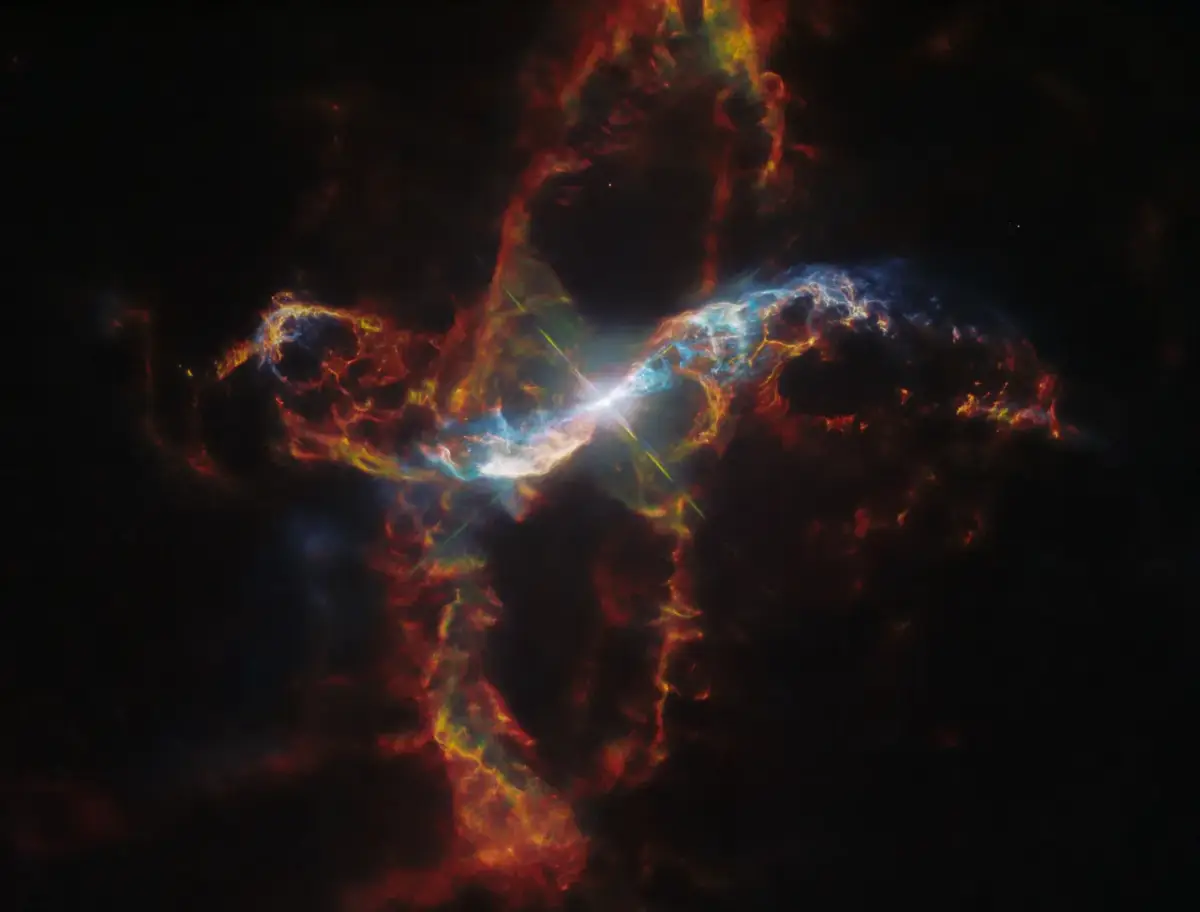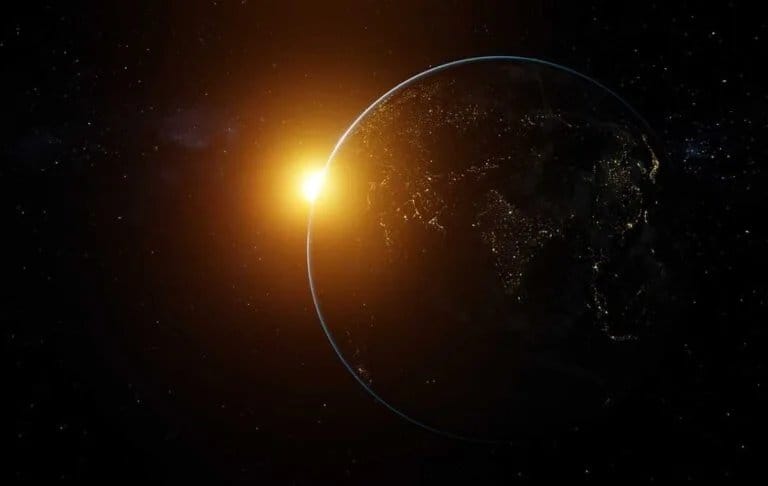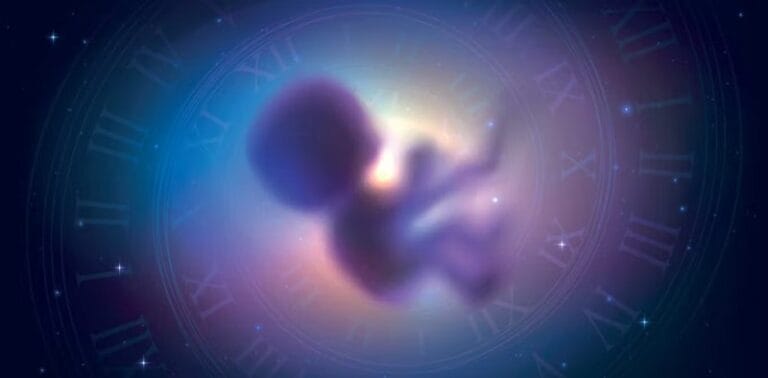NASA’s Hubble Sees a Stellar Volcano

NASA’s Hubble Space Telescope has captured a striking and vivid close-up image of one of the most dynamic stars in our galaxy, revealing an intricate spiral structure formed among nearby stars.
Approximately 700 light-years from Earth, the binary star system R Aquarii experiences intense eruptions that eject massive filaments of ionized gas into space. These twisted stellar outflows create a chaotic visual reminiscent of an erratic lawn sprinkler. This phenomenon offers a compelling illustration of how the universe redistributes the nuclear byproducts generated within stars, propelling them back into the cosmos.
R Aquarii belongs to a class of binary stars known as symbiotic stars. Its primary star is an aging red giant, while its companion is a dense, burnt-out remnant classified as a white dwarf. The red giant, a Mira variable, has an impressive size, exceeding 400 times the diameter of our Sun. This star undergoes significant pulsations, experiencing changes in temperature and brightness by a factor of 750 over a period of approximately 390 days. At its brightest, it reaches nearly 5,000 times the luminosity of the Sun.
When the white dwarf in the R Aquarii binary system reaches its closest approach to the red giant during its 44-year orbital cycle, it gravitationally draws in hydrogen gas from its companion. This material accumulates on the white dwarf’s surface until it ignites in a sudden burst of nuclear fusion, resulting in an explosive event akin to a massive hydrogen bomb. Following this outburst, the process of hydrogen accumulation and explosive release begins anew.
These explosive events propel filaments of plasma outward from the core in geyser-like eruptions. As the plasma jets outward, it forms intricate loops and trails, twisted by the forces of the explosion and guided by intense magnetic fields. The outflow of plasma bends into a spiral pattern and travels through space at speeds exceeding 1 million miles per hour, a velocity capable of covering the distance from Earth to the Moon in just 15 minutes. The filaments, energized by intense radiation from the stellar pair, glow brightly in visible light.
NASA, ESA, Matthias Stute , Margarita Karovska , Davide De Martin , Mahdi Zamani , N. Bartmann (ESA/Hubble)
Hubble first captured images of R Aquarii in 1990, revealing two intensely bright stars separated by approximately 1.6 billion miles. The European Space Agency’s (ESA) Hubble team has since produced a unique timelapse of R Aquarii’s dynamic activity, based on observations conducted from 2014 to 2023. The sequence of five images illustrates the rapid and dramatic evolution of the binary system and its surrounding nebula. The fluctuations in brightness are attributed to the strong pulsations of the red giant star, which periodically dims and brightens over time.
The scale of this phenomenon is extraordinary, even by astronomical standards. The material ejected into space can be observed at distances extending up to 248 billion miles from the binary stars, a range that is roughly 24 times the diameter of our solar system. Observations from the Hubble Space Telescope, including these detailed images, are anticipated to significantly advance our understanding of these rare stellar “volcanoes” such as R Aquarii. These insights offer a deeper perspective on the mechanisms of stellar evolution and the dramatic processes that govern such extreme cosmic events.






